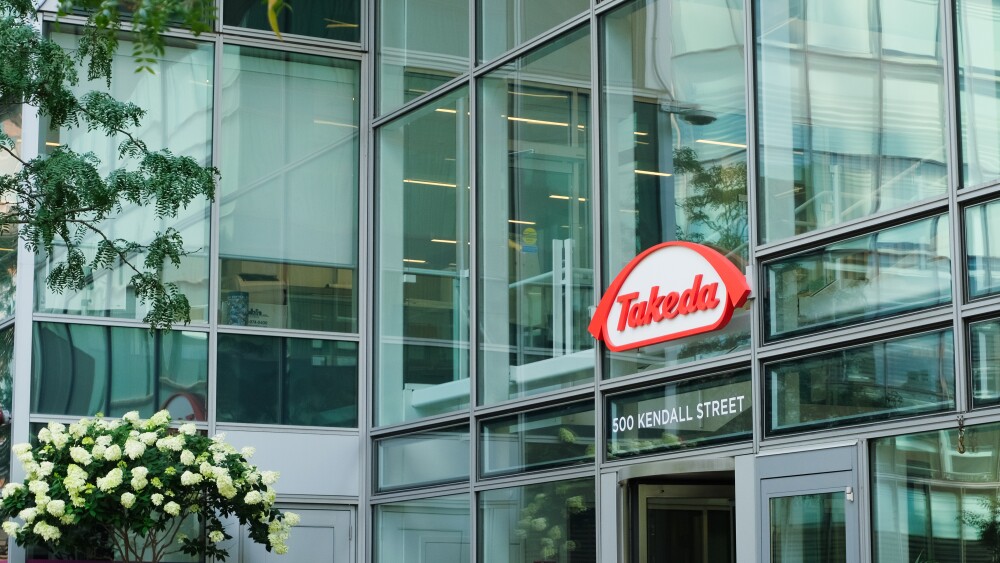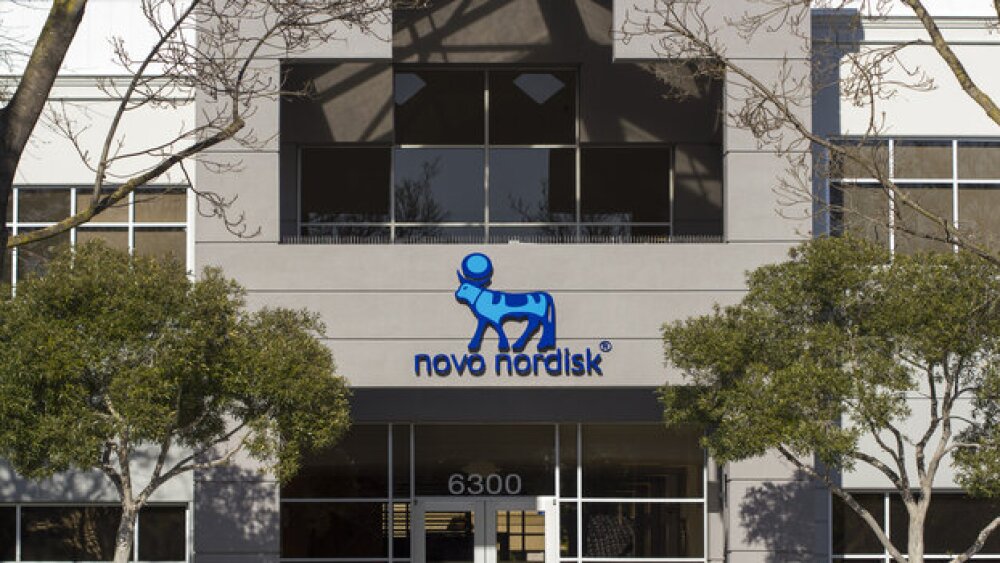An announcement lit up the global grapevine today as Clene Nanomedicine released the results from Phase II of their RESCUE-ALS clinical trial.
An announcement lit up the global grapevine today as Clene Nanomedicine released the results from Phase II of their RESCUE-ALS clinical trial. In cooperation with sister company Clene, and their shared parent company Clene Inc. (formerly known as Chelsea Worldwide Inc.), Clene Nanomedicine has been dedicated to the clinical-stage development of therapeutics for neurogenerative diseases.
Amyotrophic lateral sclerosis (ALS) is one such neurodegenerative disease, wherein the motor neurons connecting the brain to the muscular system through the spine begin to degenerate. The body responds to this degradation as though it were any other kind of physical damage: by creating scar tissue. Unfortunately, scar tissue is not very conducive to the propagation of electrochemical impulses.
The fallout looks something like a rail system with a perpetual traffic jam, as message cars from the brain to the body fail to disperse out of the spine and information from muscles becomes blockaded by impermeable scar tissue. The experience is much worse – unable to initiate or control muscle movement, the patient will progressively lose voluntary and involuntary motor functions such as speaking or breathing.
This condition is sometimes familial, and 5-10% of ALS cases in the United States are the result of a heterogenous inheritance. Otherwise, the majority of cases are caused by Sporadic ALS, which presents itself with no precursors or predictors in patients from a wide variety of medical demographics. This and the raven-swift speed of progression has researchers scrambling for therapeutic options and potential treatments.
While the trial evaluating Clene Nanomedicine’s disease modifying treatment CNM-Au8 failed to meet its primary Motor Unit Number Index (MUNIX) biomarker endpoint or its secondary forced vital capacity (FVC) endpoint, an efficacy signal was observed for the former endpoint both during the trial. Further analysis showed that CNM-Au8 displayed significant treatment benefits for limb onset ALS in respect to the MUNIX endpoint, with an exciting trend for improvement at the close of the trial.
In fact, some other clinically relevant endpoints explored at the end of the trial indicated significant benefits in categories such as patient quality of life, slowed disease progression, and even long-term survival benefit. Since limb onset ALS is the most common form of ALS, and there is discouraging dearth of ALS therapies available, the successes of the Phase II RESCUE-ALS trial could be a turning point in what has been a long and dreary road to discovery.
“These data are very encouraging to us in the ALS research and treatment community as they demonstrate clinical benefits with CNM-Au8 treatment in outcomes that matter to patients and provide evidence for improved long-term survival,” said trial advisor and Bushell Chair of Neurology at the University of Sydney Professor Matthew Kiernan, AM MBBS(Hons), PhD, DSc, FRACP, FAHMS. “RESCUE-ALS was a proof-of-concept trial intended to establish that treatment of neuronal energetic failure can provide disease-modifying effects in ALS. I am pleased to see the potential effectiveness of CNM-Au8 demonstrated in this trial, and it is important to confirm these results in a larger clinical trial.”





